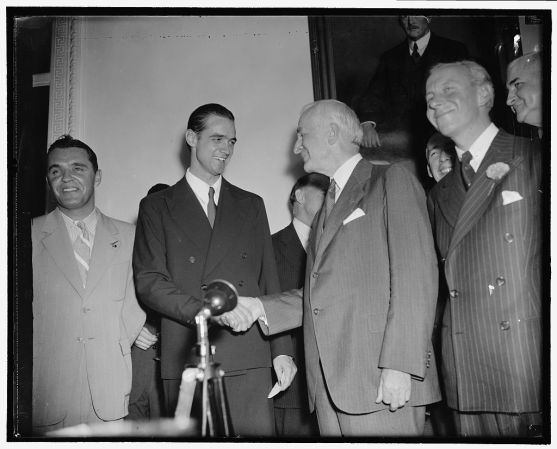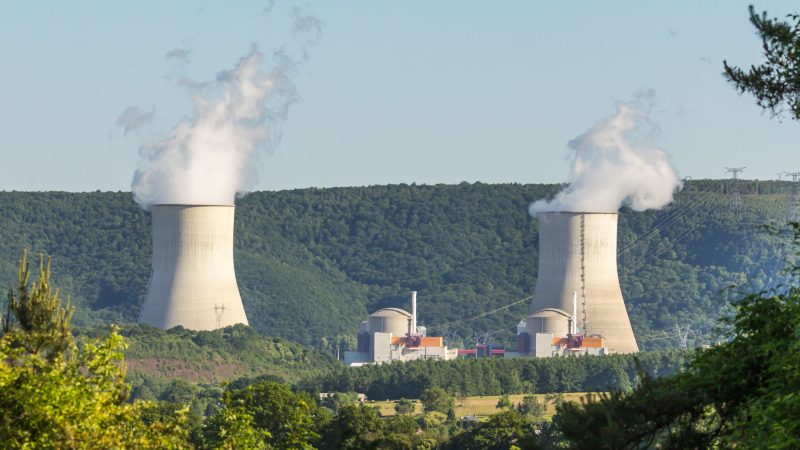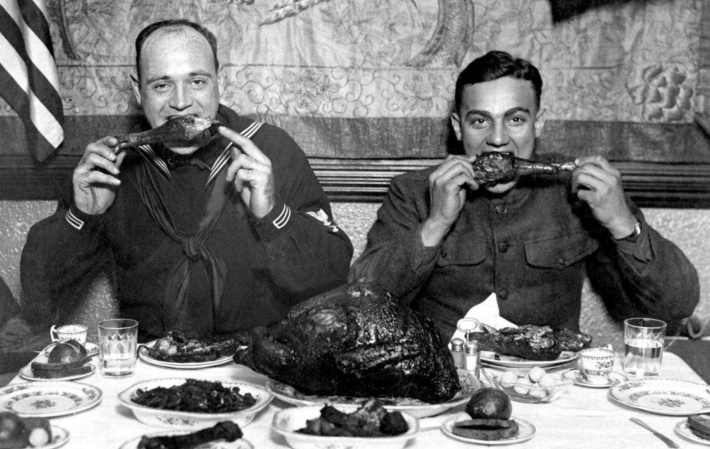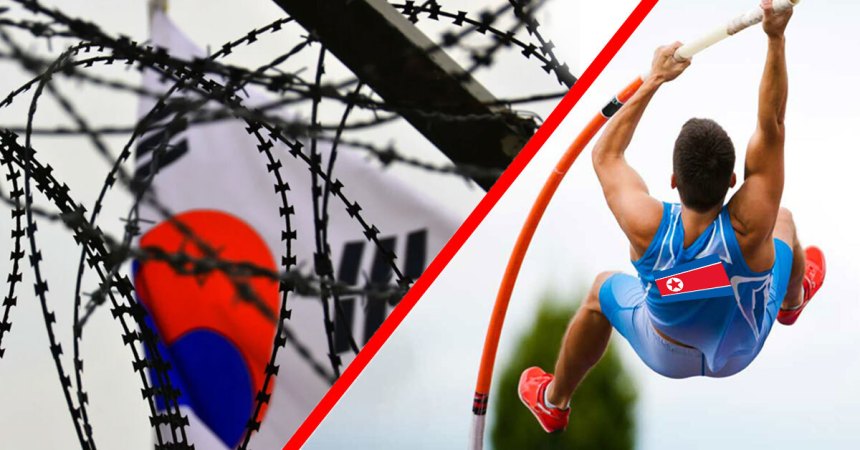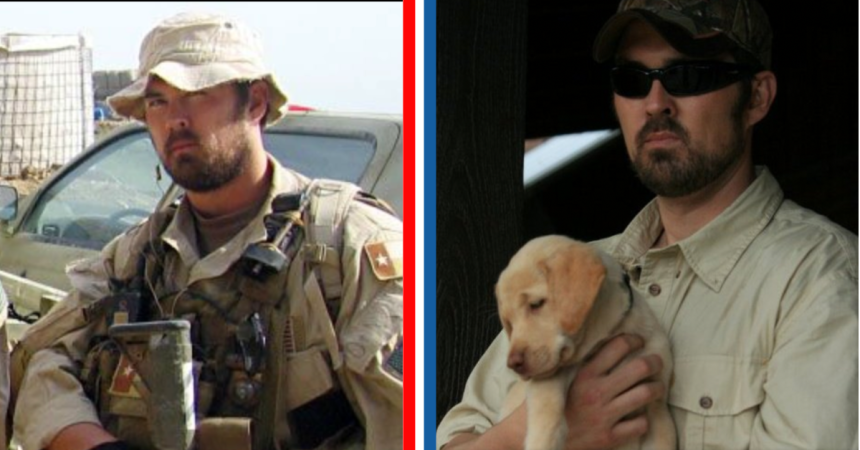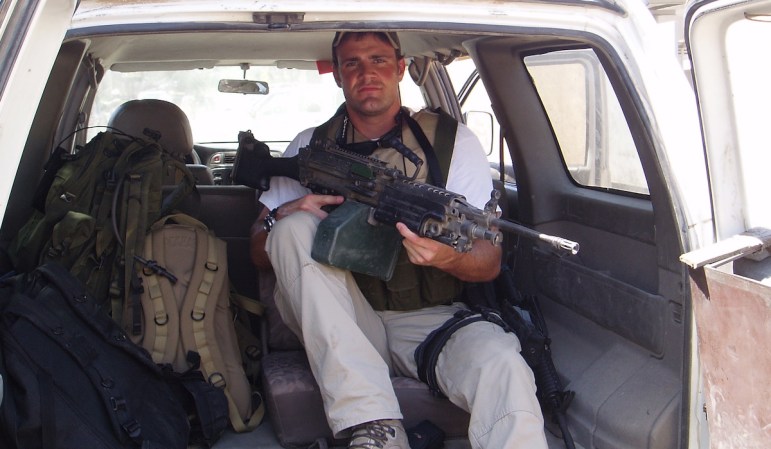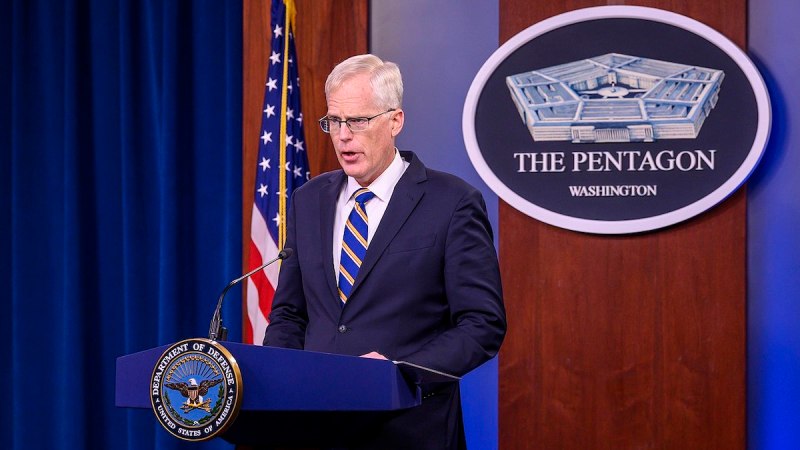Ever since America figured out nuclear bombs, science fiction writers have flirted with all the different ways that nuclear weapons could work. But while lots of SciFi weapons have come to fruition, like drones and pain rays, the nuclear hand grenade will always be a weapon of fiction.
Fallout 76 Nuka Grenade
The military worked hard to expand its arsenal of nuclear weapons during the Cold War, making both large, high-yield weapons, like thermonuclear bombs, as well as smaller weapons, like nuclear cannons and recoilless rifles.
Nuclear weapons, explained in fiction with a bunch of mumbo jumbo and explained in the real-world with language that feels the same, follow specific physical rules. To trigger a nuclear explosion, material that can undergo fission—meaning that its atoms can be split apart and release energy—have to be brought from below a critical mass to above a critical mass.
Basically, you have to have a bunch of material that you’ve kept separated, and then you have to collapse it quickly. Once enough fissionable material is in a tight enough space, it’ll explode. Going from subcritical to critical will cause a nuclear explosion, usually within a millionth of a second. Fusion weapons work by allowing a fission reaction to trigger a hydrogen fusion process.

The Davy Crockett Bomb was a nuclear device delivered via recoilless rifle. While the warhead was about as small as it could be while reaching critical mass, the explosion was still large enough to give third-degree burns to everyone with 350 yards.
(U.S. Army)
And that brings us to why you’ll never see a nuclear hand grenade. You have to, have to, reach critical mass for the weapons to work. The minimum amount of nuclear material needed for a plutonium reaction is 11 pounds of weapons-grade material. That’s a heavy hand grenade. Even then, it requires a “neutron reflector,” a layer wrapped around the material that reflects any escaping neutrons back into the sphere. Graphite, steel, and other materials work for this purpose.
But that adds on more weight. A uranium weapon would be even worse, weighing in at 33 pounds plus its reflector. And that’s without accounting for the weight of the parts needed to keep the nuclear material compartmentalized until it’s time to set it off.
But even worse for the operator, these small amounts of nuclear material would have a devastating effect at much larger ranges than an operator could possible throw it. Take the W54 warhead placed on America’s lowest-yield nuclear missiles, the Davy Crockett bomb fired from a recoilless rifle and the AIM-26 air-to-air nuclear missile.

A W54 warhead explodes after a Davy Crockett test shot. It’s the smallest warhead ever deployed and nearly the smallest warhead possible, and it still kills everything within a few hundred yards.
(YouTube/Jaglavaksoldier)
The W54 had approximately 50 pounds of uranium, about as small as you could get while still achieving critical mass. Even that small amount of material created an explosion with the same yield as 250 tons of TNT. Think you can throw a 33-pound grenade far enough to be safe from the 250-ton blast? Hint: You would need to throw it at least 350 yards just to avoid third-degree burns from radiation.
So, while the Fallout series lets you play with Nuka grenades and Star Wars features thermal detonators, real nuclear hand grenades will always be out of reach.
Sorry, everyone. But, the good news is that laser rifles have a real chance. Sweet.








